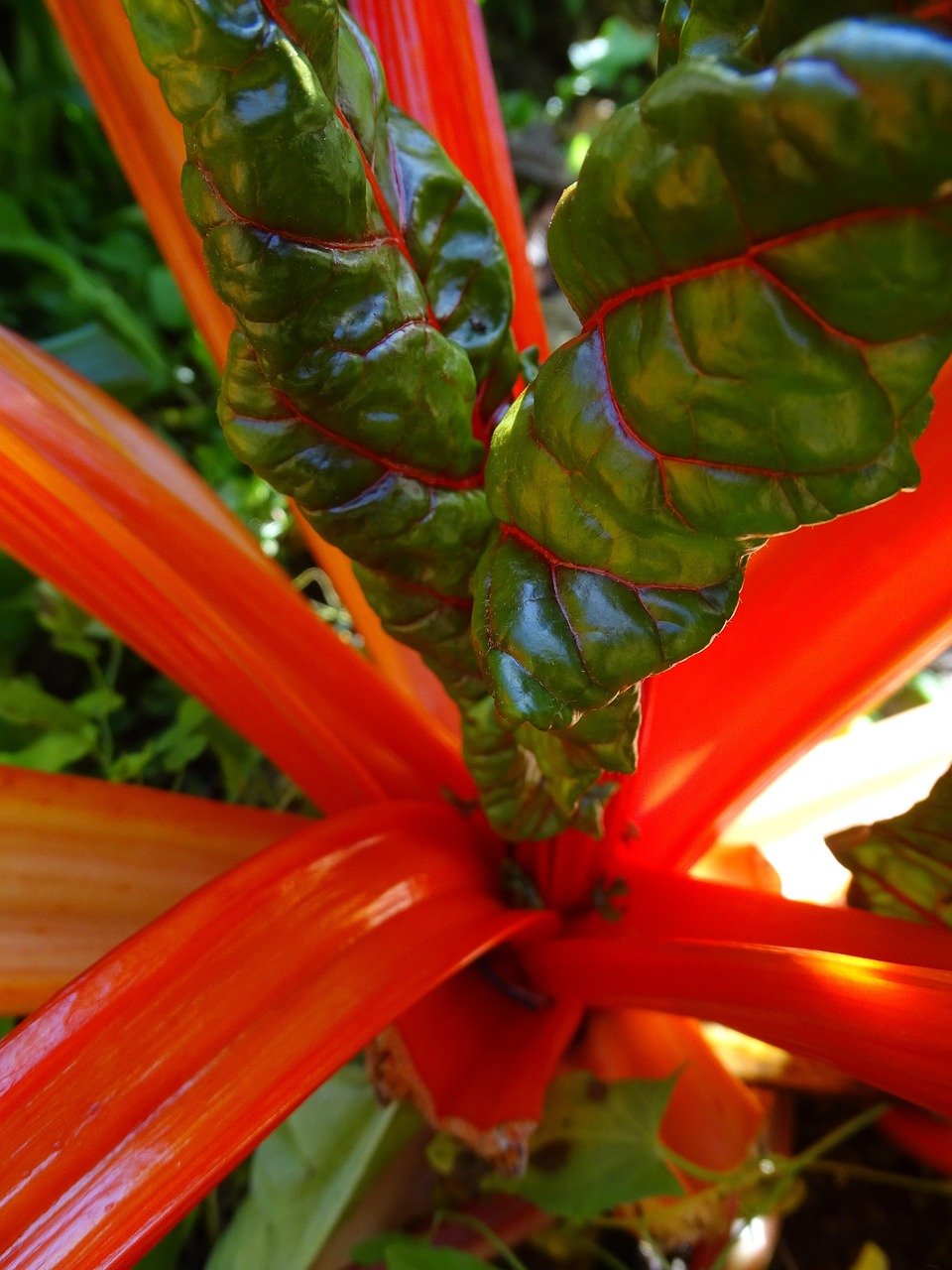Have you ever wondered about the hidden components in your favorite processed foods? Specifically, have you ever thought about the presence of oxalates in these foods? Often unnoticed, oxalates are compounds found in various foods that can have a significant impact on health. Grasping which foods contain them, especially in processed varieties, is crucial for making informed dietary choices. Let’s uncover the hidden sources of oxalates in your diet and explore how they can affect your well-being.

What Are Oxalates?
Oxalates, or oxalic acid, are naturally occurring substances found in plants, animals, and humans. When it comes to food, oxalates are most commonly found in plant-based items. They aren’t necessarily harmful on their own, but they can bind to minerals in the gut and form compounds like calcium oxalate. This compound is notorious for contributing to kidney stone formation, which is a critical reason to understand where oxalates lurk.
Production of Oxalates
Despite their everyday occurrence, oxalates are intricately linked to plant metabolism. They serve plants by regulating calcium levels and contributing to their defense mechanisms against pests. Humans, however, don’t derive nutritional benefit from them; in fact, when consumed excessively, oxalates can lead to health complications.
The Role of Oxalates in Health
Understanding the impact of oxalates on health reveals why it’s important to know their main sources in our diets. A high intake can lead to calcium oxalate stones in the urinary tract. Thus, reducing dietary oxalates can be advantageous for those prone to kidney stones.
Oxalate Sensitivity
Sensitivity to oxalates can vary from person to person. While some might tolerate higher levels, others could experience discomfort with smaller amounts. Symptoms of oxalate sensitivity can include joint pain and inflammation, revealing the wide range of effects these compounds can have on the body.

Processed Foods: The Hidden Culprits
Processed foods are a significant aspect of modern diets. These foods often contain unexpected ingredients, including oxalates. While fresh and natural foods might naturally have oxalates, processing can sometimes concentrate or alter the levels, making them higher in processed versions.
Why Processed Foods?
The convenience of processed foods often overshadows their potential drawbacks. Ingredients like grains, nuts, and certain vegetables are processed into staple foods, enhancing their flavor but sometimes also their oxalate content. Let’s take a closer look at some common processed foods where oxalates might be hiding.
Common Processed Foods High in Oxalates
Processed foods come in many forms, from frozen dinners to canned vegetables. Understanding which types are most likely to contain high levels of oxalates can help in making healthier choices.
Bakery Products
Baking products can often be surprising sources of oxalates. Items like muffins, bread, and pastries might contain high-oxalate ingredients such as rice flour and nuts. As a result, these seemingly innocent delights can contribute to your daily oxalate intake more than you might realize.
Snacks and Sweets
Snacks and sweets can be delicious traps for oxalate intake. Chocolate, for instance, contains cocoa, which is a rich source of oxalates. Snack bars with nuts or seeds can also pack a substantial oxalate punch.
| Food Type | Common Ingredients High in Oxalates |
|---|---|
| Chocolate | Cocoa |
| Nut Snack Bars | Almonds, Cashews |

Lowering Oxalate Intake
Knowing which foods to moderate is a significant step in managing oxalate consumption. If you’re concerned about oxalate intake, consider focusing on the preparation and choices of your meals.
Tips for Reducing Oxalates
- Choose Low-Oxalate Alternatives: Opt for foods known for lower oxalate levels.
- Modify Cooking Methods: Boiling vegetables can reduce oxalate content significantly.
Low-Oxalate Foods
Choosing foods with naturally lower oxalate content can be a rewarding way to manage your diet. Leafy greens like kale, fruits such as bananas, and proteins including eggs can be beneficial.
Hidden Oxalates: Beyond the Obvious
In some cases, foods that are low in oxalates can become high as ingredients in processed foods. It’s essential to understand how food processing can elevate oxalate levels.
Food Processing and Oxalates
Food processing can alter the chemical structure of foods, potentially affecting oxalate levels. For example, producing certain flours from grains involves processes that can increase oxalate concentration.

Conclusion
Being aware of oxalates in processed foods is crucial for anyone interested in better managing their dietary habits. While not all oxalates are harmful, understanding their hidden sources can benefit your health, particularly if you’re prone to conditions like kidney stones. Whether it’s by choosing alternatives or altering food preparation methods, you have the power to control your intake. Making informed decisions about your food allows you to savor your meals without worrying about hidden surprises.
Remember, it’s not about eliminating oxalates entirely but about being mindful of their presence and effect on your overall health. Through this awareness, you can navigate the vast world of processed foods with both confidence and care.

